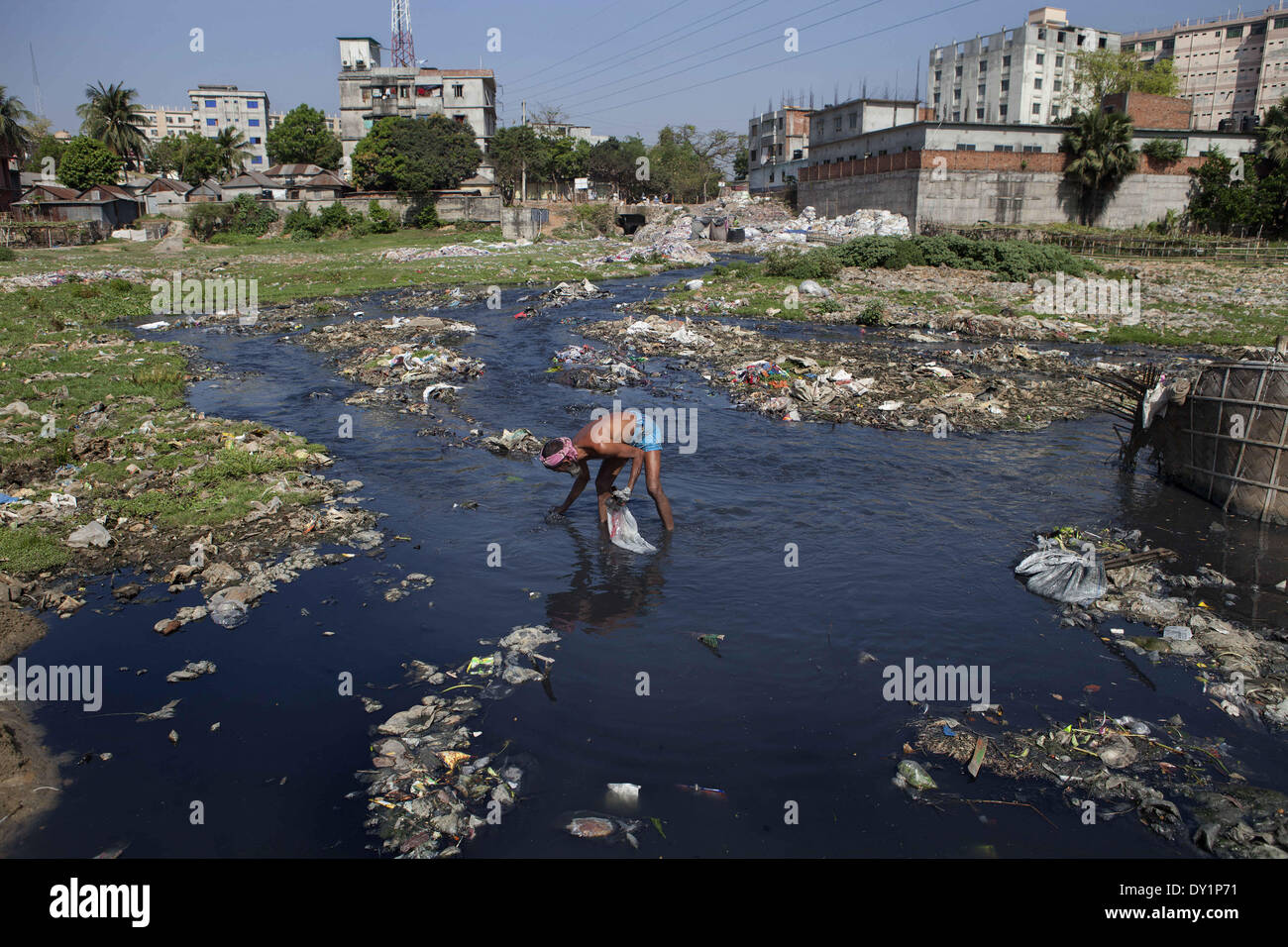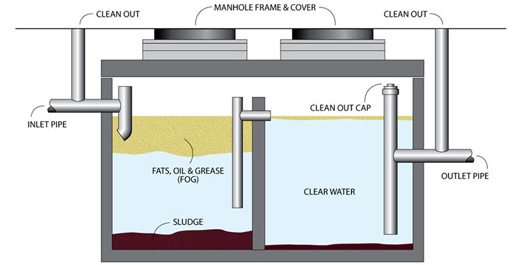Expert Liquid Waste Removal Melbourne: Fast and Cost Effective Solutions
Expert Liquid Waste Removal Melbourne: Fast and Cost Effective Solutions
Blog Article
How Fluid Waste Disposal Functions: A Comprehensive Review of Techniques and Technologies Used

Summary of Fluid Waste Kind
The complexity of fluid waste types necessitates a thorough understanding of their features and ramifications for disposal. Fluid waste can extensively be categorized right into numerous kinds, including industrial, community, farming, and contaminated materials. Each category shows distinctive properties, needing details monitoring methods to alleviate environmental and health threats.
Industrial liquid waste originates from manufacturing procedures and usually consists of a series of contaminants, such as hefty metals, solvents, and organic substances. Municipal liquid waste, largely consisting of wastewater from homes and commercial facilities, includes raw material, nutrients, and pathogens (industrial wastewater treatment). Agricultural fluid waste, including drainage from ranches, may consist of fertilizers, chemicals, and animal waste, posing dangers to water quality and ecological communities
Hazardous liquid waste is characterized by its poisoning, reactivity, or potential to cause damage. Comprehending these varied fluid waste types is important for developing efficient disposal approaches and making certain compliance with ecological laws.
Physical Therapy Methods

Testing is the first step, where larger bits and particles are eliminated from the liquid waste using screens or grates. This procedure protects downstream tools from damages and makes certain smoother procedure. Complying with screening, sedimentation utilizes gravitational pressure to different solids from liquids. In sedimentation tanks, larger fragments clear up at the bottom, forming a sludge layer, while the clarified fluid can be additional dealt with.
Filtering is another essential approach that includes passing the fluid with porous products, such as sand or membranes, to record smaller fragments. This step boosts the high quality of the fluid, making it appropriate for succeeding treatment processes.

Chemical Therapy Techniques
Chemical therapy techniques are crucial for successfully managing liquid waste, specifically in attending to liquified and colloidal pollutants that physical approaches may not adequately eliminate. These strategies use numerous chemical agents to reduce the effects of, speed up, or change unsafe materials into much less dangerous kinds.
One common technique is coagulation and flocculation, where chemicals such as alum or ferric chloride are included to promote the gathering of suspended bits. This procedure improves sedimentation, permitting easier removal of the resulting sludge. Furthermore, oxidation procedures, using agents like chlorine or ozone, are employed to break down complicated natural compounds and microorganisms, making the waste more secure for discharge or more treatment.
Neutralization is another critical technique, which changes the pH of acidic or alkaline waste streams to neutral levels, stopping possible injury to downstream systems and the atmosphere. Moreover, progressed oxidation procedures (AOPs) make use of mixes of oxidants and ultraviolet light to weaken consistent contaminants, accomplishing a greater degree of therapy effectiveness.
Organic Therapy Procedures
Biological treatment processes play a vital function in the monitoring of liquid waste by using bacteria to disintegrate raw material and decrease pollutant degrees. These processes can be extensively categorized into aerobic and anaerobic therapies, each using certain microbial neighborhoods to accomplish effective waste degradation.
Cardio therapy includes the use of oxygen to help with the break down of organic materials by i thought about this bacteria. This procedure is frequently carried out in triggered sludge systems, where aeration tanks supply a helpful setting for microbial growth, resulting in the oxidation of natural toxins. The resultant biomass can be separated from dealt with effluent through sedimentation.
On the other hand, anaerobic treatment happens in the absence of oxygen, relying on various microorganisms to damage down raw material. This technique is specifically advantageous for high-strength waste, as it creates biogas, a sustainable energy resource, while reducing sludge manufacturing. Technologies such as anaerobic digesters are frequently used in commercial and municipal applications.
Both anaerobic and aerobic organic treatments not just minimize the ecological impact of fluid waste but likewise facilitate resource recuperation, making them necessary elements of lasting waste management methods. Their performance, adaptability, and efficiency support their prevalent execution across different sectors.
Emerging Technologies in Disposal
Ingenious strategies to fluid waste disposal are quickly advancing, driven by developments in modern technology and an enhancing focus on sustainability. Among these emerging innovations, membrane bioreactors (MBRs) have actually gotten grip for their capacity to combine biological treatment with membrane filtration, resulting in top notch effluent that can be recycled in numerous applications. MBRs make it possible for smaller impacts and extra reliable procedures find contrasted to traditional systems.
Another promising development is making use of anaerobic food digestion incorporated with nutrient recuperation modern technologies, which not just deals with fluid waste yet additionally generates biogas and recoups important nutrients like nitrogen and phosphorus. This double advantage enhances resource efficiency and decreases ecological effect.
Furthermore, advanced oxidation processes (AOPs) are being taken on for the destruction of intricate organic contaminants. hop over to here These methods utilize effective oxidants and drivers to damage down pollutants at the molecular level, offering a very reliable option for challenging waste streams.
Moreover, the assimilation of fabricated knowledge and device learning in waste monitoring systems is enhancing operational performance and predictive maintenance, bring about minimized costs and boosted environmental conformity. These innovations reflect a substantial change towards even more sustainable and reliable liquid garbage disposal methods.
Conclusion
In verdict, effective liquid waste disposal requires a detailed understanding of numerous techniques and innovations. By constantly progressing these techniques, it becomes feasible to deal with the expanding obstacles linked with fluid waste, eventually contributing to environmental defense and source healing.
Fluid waste disposal is a crucial facet of environmental administration, needing a detailed understanding of numerous strategies and modern technologies tailored to various waste kinds. Fluid waste can generally be classified right into numerous kinds, consisting of commercial, local, farming, and harmful waste. Agricultural fluid waste, consisting of drainage from ranches, may consist of fertilizers, pesticides, and animal waste, posturing threats to water top quality and environments.
Different physical treatment techniques play a crucial function in handling liquid waste properly - industrial wastewater treatment.In conclusion, effective liquid waste disposal demands a thorough understanding of various strategies and modern technologies
Report this page